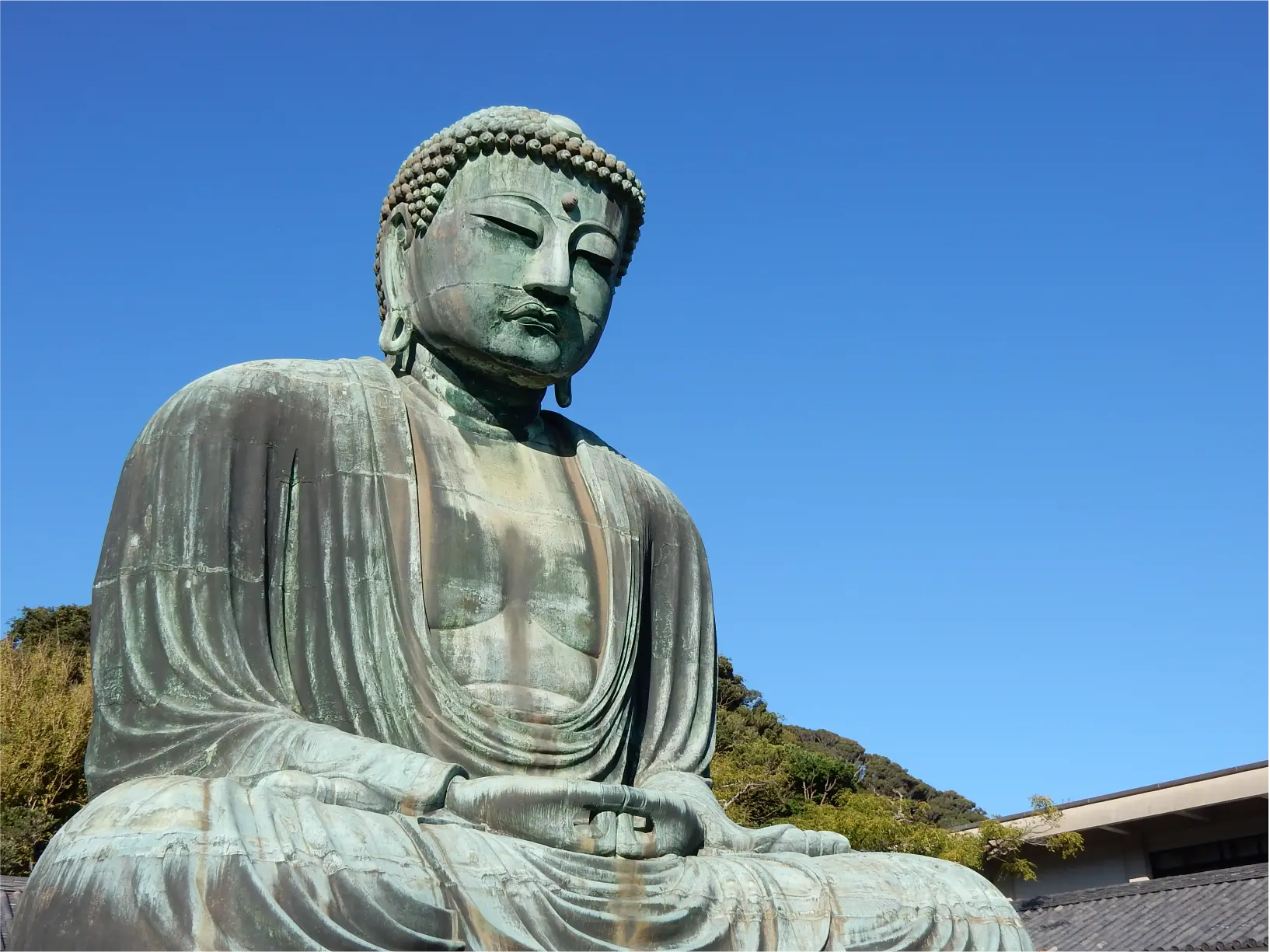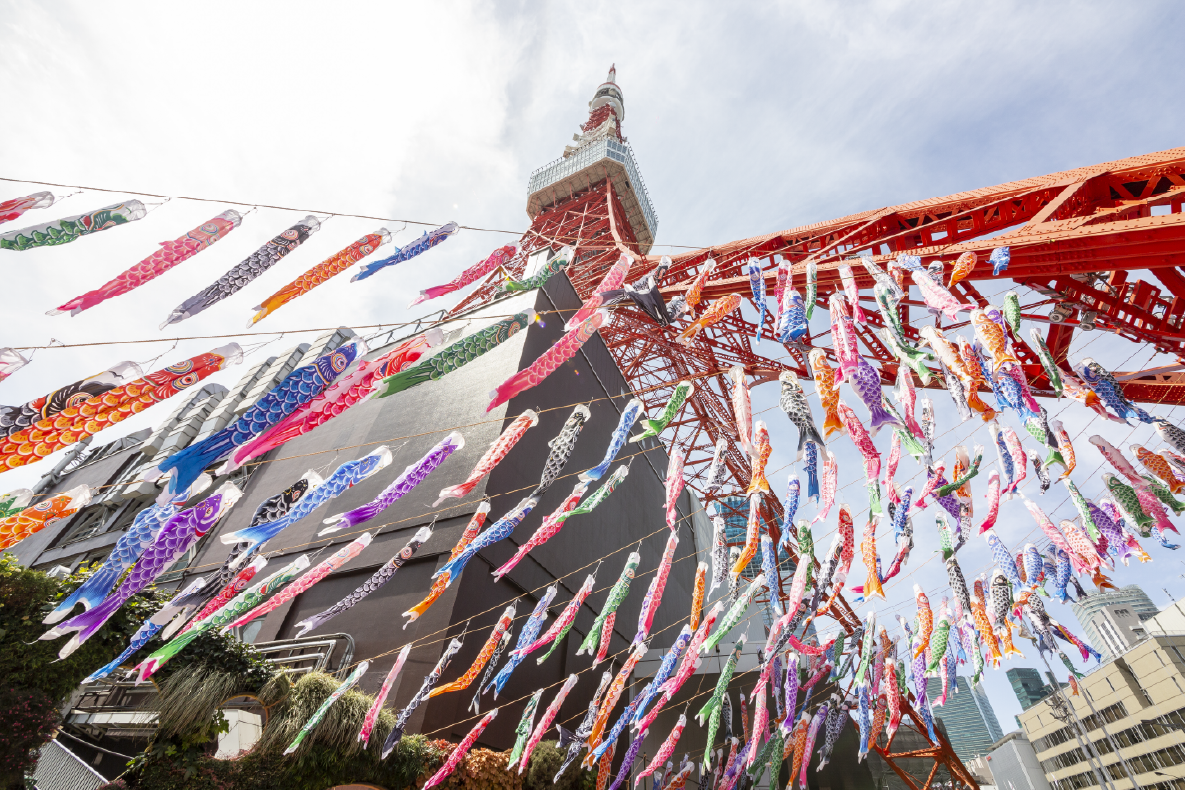Kan’eiji—a temple linked to the Tokugawa clan. You might get a paper cutout “goshuin” (red ink stamp) if you are lucky.
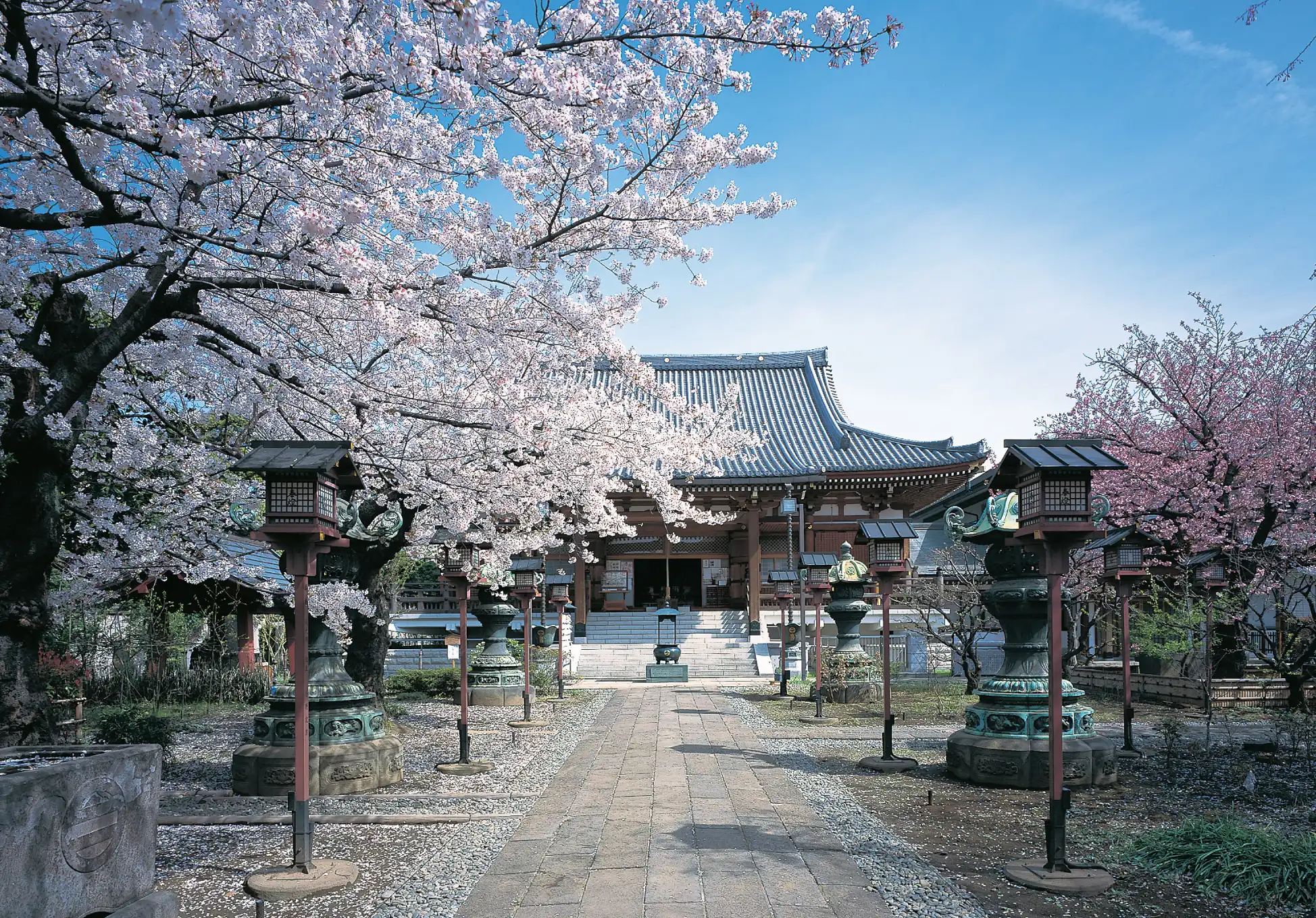
We will look into the charms of Kan'eiji, which has attracted attention for its many power spots and beautiful goshuins.
Located next to Ueno Park, Toeizan Kan’eiji (or Kan’eiji) is a temple linked to the Tokugawa clan. It is a Tendai-sect temple and was built following the example of Hieizan Enryakuji, which is the head temple of the Tendai sect. Enryakuji was built on the northeast side of the Kyoto Imperial Palace to protect the peace and safety of the imperial court because that direction was always considered to be the “kimon” (meaning “demons’ gate”), through which demons come in and out. Following the same tradition, Kan’eiji was built in 1625 in Ueno, a town located in the “kimon” direction from the Edo Castle, for the prosperity of the Tokugawa shogunate and the peace of the people. Later, as the temple began to be used also as a “bodaiji” (meaning “one’s family temple”) of the shogun family, it became the greatest temple in Japan at the time in terms of both class and scale.
Fast forward to today, Kan’eiji is attracting attention also for its many “power spots.” One of them is a hall called Kompon Chudo. Modeled after the Enryakuji version of Kompon Chudo, the Buddha statue in the hall has been placed in such a way that its eye level is the same as that of visitors. It is said that the temple’s principal object of worship, the Yakushi Ruriko Nyorai statue, was sculpted by Saicho, who is the founder of the Tendai sect and is also known for his posthumous title of “Dengyo Daishi.”
%E6%AD%A3%E8%A6%8F%E7%89%88%EF%BC%88%E6%96%B0%EF%BC%891.7MB.webp)
Kompon Chu-do
The next hall, Kiyomizu Kannon-do, is modeled after Kiyomizu Temple in Kyoto. The main deity is the Senju Kannon Bosatsu(Thousand-Armed Avalokitesvara Bodhisattva) by a high priest Eshin Sozu, and enshrines the Child-Raising Kannon as well. It is famous for its blessings for raising and giving birth to children.

Kiyomizu Kannon-do
“Shinobazu-no-ike Bentendo,” a temple building standing in the middle of a large pond called “Shinobazu-no-ike” in Ueno Park, is also a part of Kan’eiji. Likened to the temple on an island called Chikubu Island in Lake Biwa in Shiga Prefecture, Shinobazu-no-ike Bentendo was built on a small island called Nakanoshima in the pond. In this building, Benzaiten (also known as Sarasvati), who is widely worshiped as a goddess of the performing arts, music, and financial good luck, is enshrined.
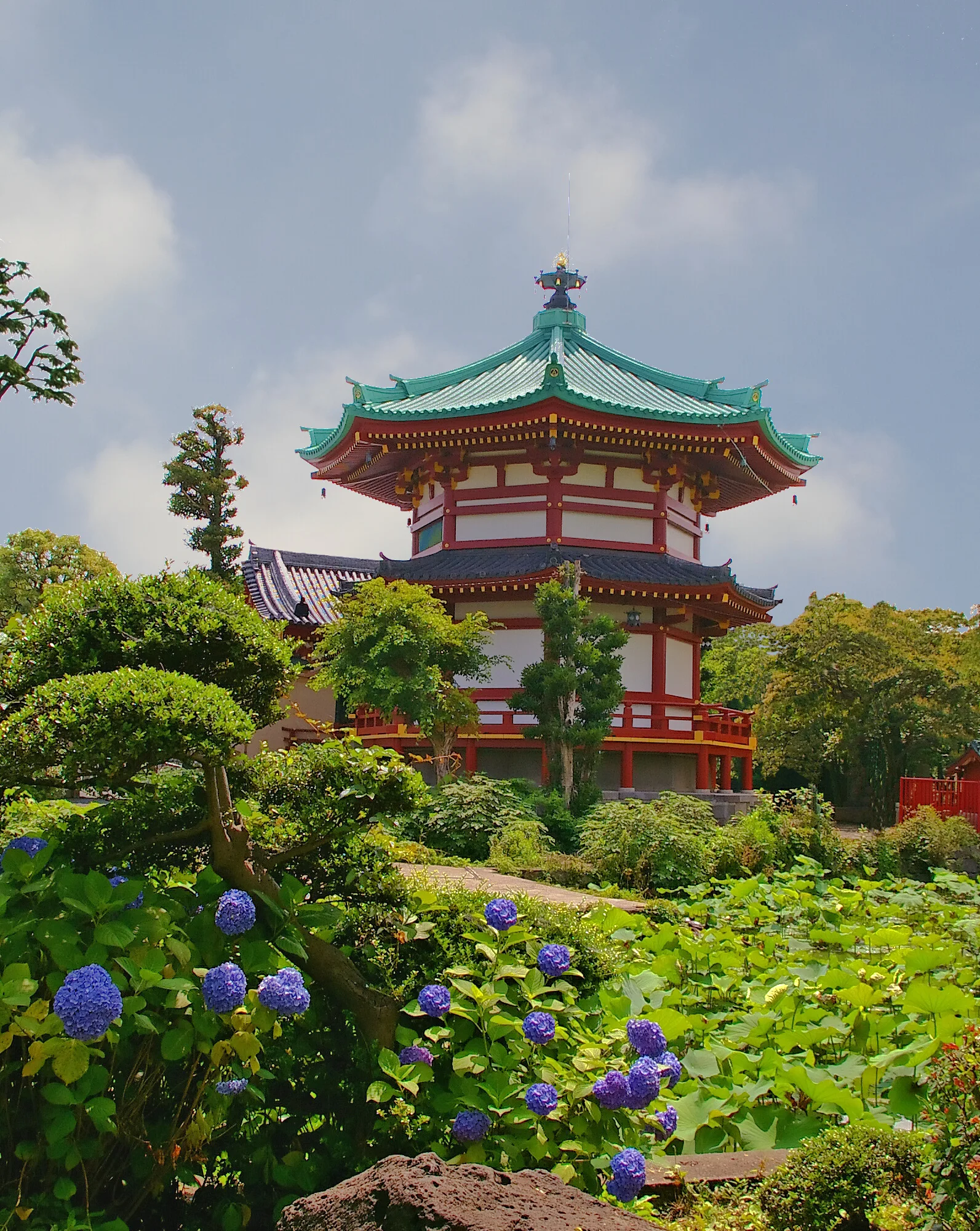
Shinobazu-no-ike Benten-do
Another power spot is a bit more unique than the others. It is a great Buddha statue called “The Ueno Great Buddha,” which has only its face left. The statue was first built in 1631, but the head fell off due to many disasters and ultimately due to the Great Kanto Earthquake of 1923. Moreover, its body was taken away for requisition under the metal collection order during the Pacific War, leaving just the face there. Today, although it does not look the same as its original state, it is said to bring good luck for educational success and passing entrance exams because people consider it as “a great Buddha statue that will not fall (drop out) anymore.”
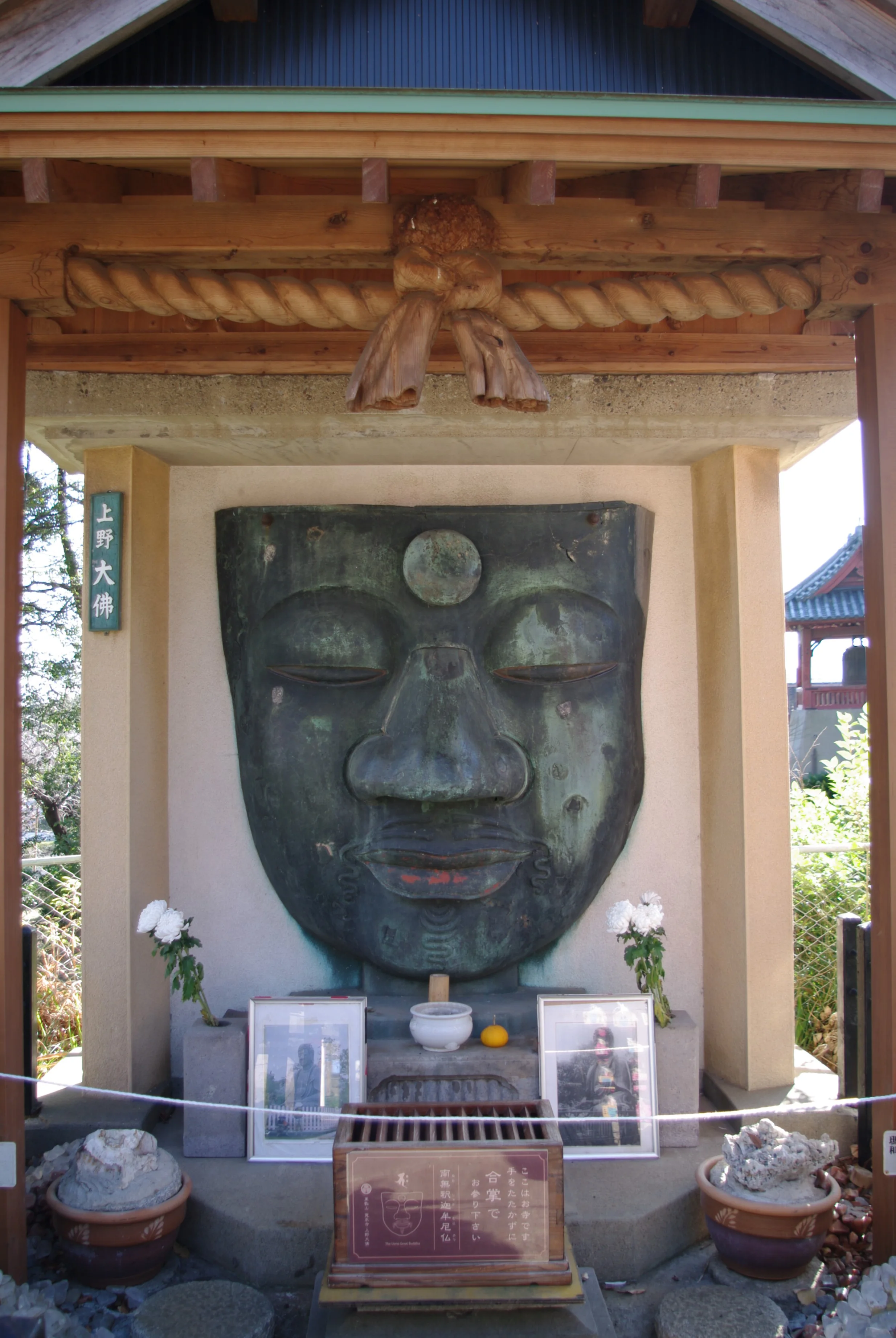
“The Ueno Great Buddha (Pagoda)” The face of the Buddha statue is the only part that exsists.
Kan'eiji, which has deep ties to the Tokugawa clan, is also home to the “Mausoleum of Successive Lords of the Tokugawa Shogunate,” where six shoguns are laid to rest. Although the inside of the mausoleum is not usually open to the public, visitors can feel an invisible power just by coming in front of the gate.
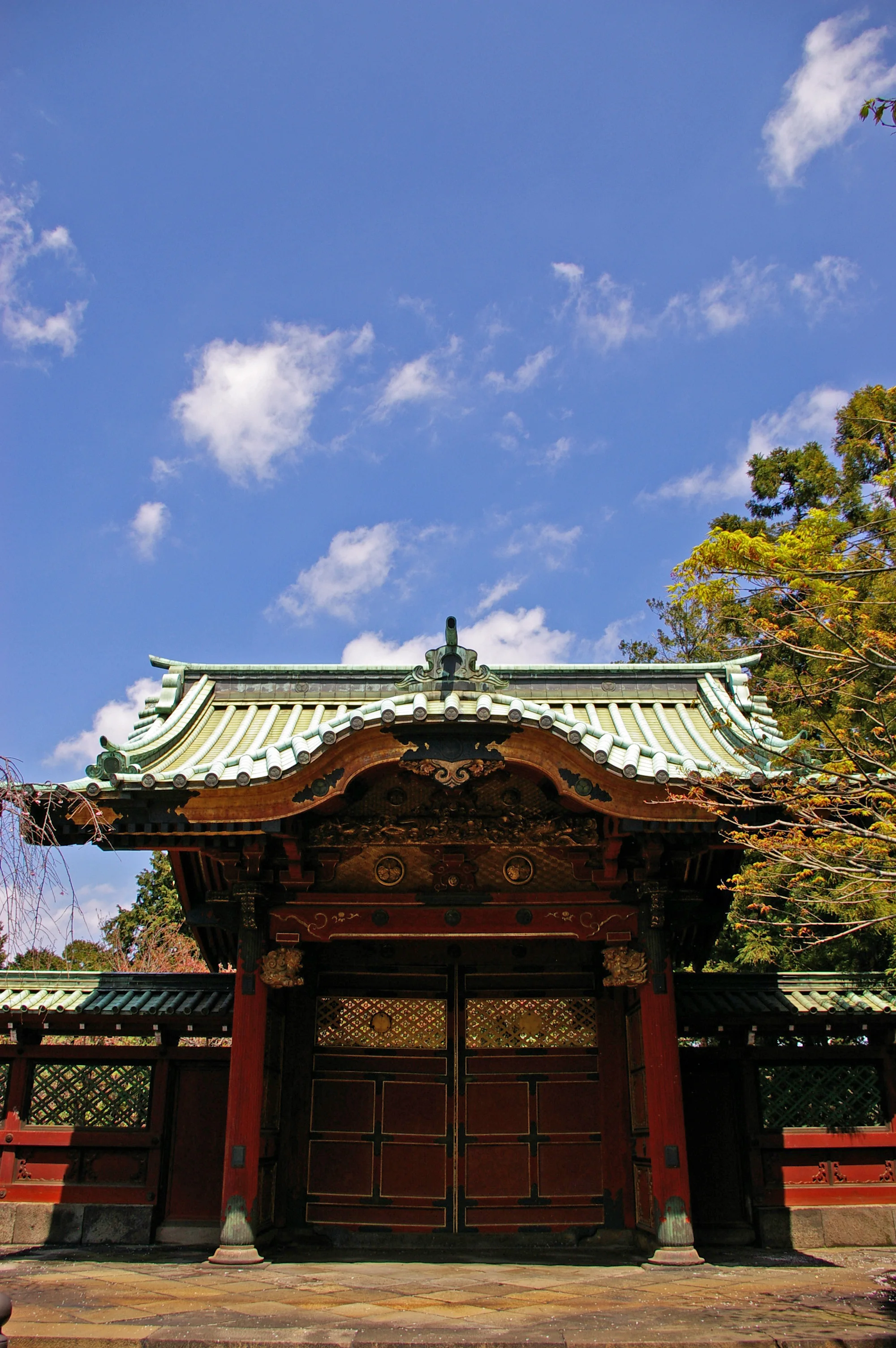
The Imperial Scroll Gate of Jokenin-den. It is located in the Mausoleum of Successive Lords of the Tokugawa Shogunate where the lord Tsunayoshi Tokugawa is buried.
Besides these power spots, there is another thing at Kan’eiji that has been drawing attention, which is “goshuin.” Goshuin refers to stamps used as a proof of your visit to shrines or temples. These stamps have the date and the name of the shrine or temple on them so you can track your visits. In addition to regular goshuin, Kan’eiji offers a limited number of colorful, exclusive “Kirie Goshuin (meaning paper cutout goshuin)” for each season featuring special designs, such as the Tokugawa clan’s family crest. We recommend that you follow its official Instagram account for the latest information if you want to get one.
.jpg)
Goshuins given throughout the year. At Kan'eiji, six types of goshuins are available in each six different halls. (Left) Kompon Chu-do (Right) Shinobazu-no-ike Benten-do / ¥500 each
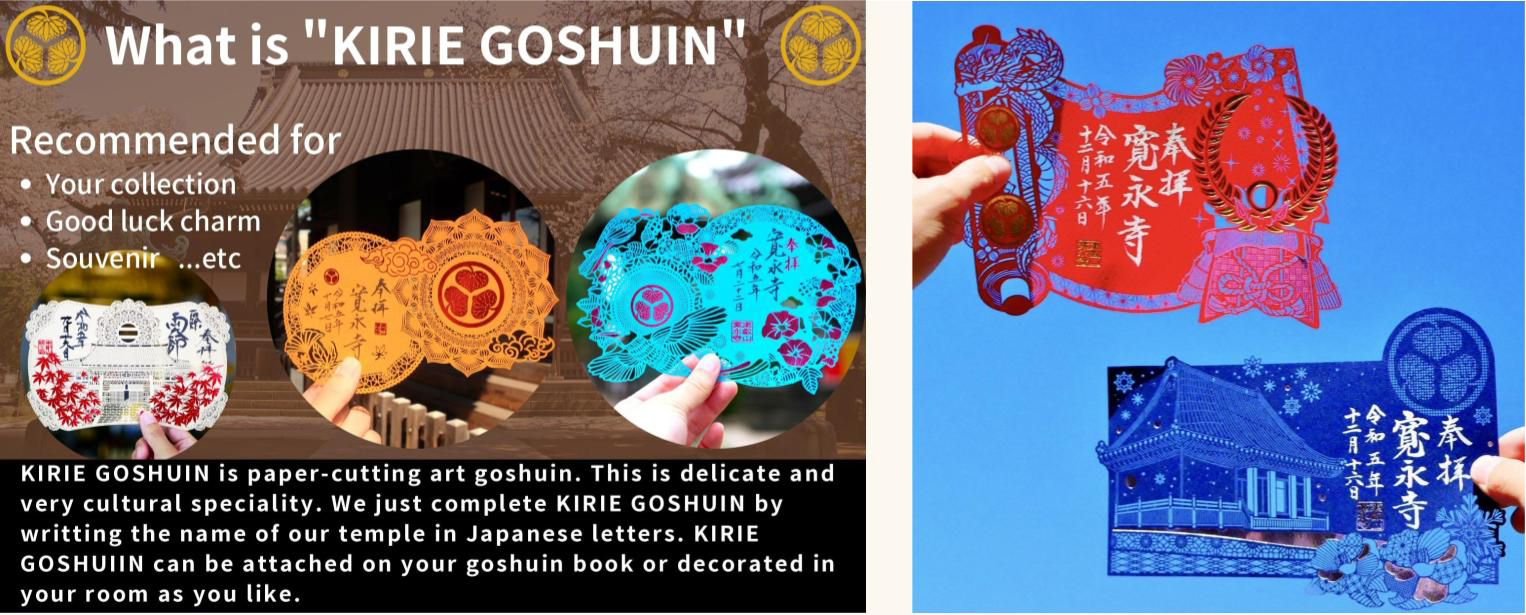
(Left)The third limited edition of “Kirie Goshuin” / ¥1,500 (no longer available) (Right)The fourth limited edition of “Kirie Goshuin” / ¥1,500 (no longer available)
Ueno Park is not only famous for beautiful scenery and museums, but also filled with many power spots. If you are planning to go to Ueno, why not make a trip to the park to improve your luck?
■DATA Toeizan Kan'eiji Temple Address: 1-14-11 Uenosakuragi, Taito-ku, Tokyo Opening hours: 9 a.m. – 5 p.m. Tel. 03-3821-4440 Official website: https://kaneiji.jp/ Official Instagram: https://www.instagram.com/kaneiji_tokyo_ueno/ (Information as of January 2024.) <Related articles> ・Enjoy lush nature at Meiji Jingu located at the center of a metropolis, Tokyo. ・A must-go place for sightseeing in Narita: Naritasan Shinshoji that attracts over 10 million annual visitors!


